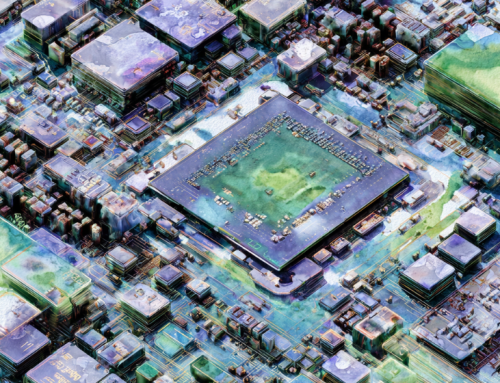Sophisticated Surveillance System or Harmless Fun with a Built-In Cost of Use?
Considering the constant interruptions to daily life recently, it wouldn’t be surprising if many people forgot about the Pokeman craze that hit a few years ago. However, the creators been quietly working to revive interest. Pokemon Go 3D is waiting to entertain on a global platform—with players helping to build it.
Pokémon Go, an Augmented Reality game, is offering a new feature to encourage players to create and upload 3D scans of real-world locations.
The game’s developer Niantic also just acquired the AR map start-up 6D.ai for an undisclosed sum. Chief executive Jon Hanke announced the company’s goals:
“Together, we’re building a dynamic, 3D map of the world so we can enable new kinds of planet-scale AR experiences.”
Pokeman Go was all the rage on mobile phones and iPads in 2016. It greatly boosted AR exposure to the general public. However, players were so focused on trying to find and capture the characters created by the Pokeman cartoons that were invisible to the eye but seen on screen, they were running into objects, tripping and falling and getting into traffic accidents while playing
Because of the popularity of the game, Niantic is not the only player in this virtual business. In February, Facebook acquired Scape Technologies, an AR start-up that was creating a 3D map of the entire world, and Microsoft’s Minecraft Earth AR mobile game touts the same kind of planet-scale AR play.
These scans, and this type of data collection, will likely impact millions, according to a story on a website run by the University Of Sydney.
So Much Data Collected For Free
One reason for Niantic’s huge success has been how it uses digital games to collect data about the world.
Niantic was initially formed as Keyhole, Inc. by John Hanke in 2001 with backing from the CIA’s tech venture capital firm, In-Q-Tel. The company developed mapping technologies used by the U.S. military in the early 2000s. Niantic was the creator of Ingress and back in 2012 this game saw players photograph and upload millions of locations of interest that became “portals” within the game. All pretty innocent on the surface, right? Perhaps not. Here is why:
Niantic’s latest game, Harry Potter: Wizards Unite, collects each player’s location every five seconds or so, which is often enough to recognize individual behavior patterns and detect intimate details of their life.
Tech companies and investors find this kind of data immensely valuable. In December 2019, Niantic raised $3.9 billion.
The 3D scans Pokémon Go players are collecting are intended to create new avenues in the game, but they will also give Niantic’s platform for AR developers an edge over competitors. Having a system that can recognize 3D environments around the world makes it easier for developers to make shared AR experiences and environments that “exist” even when the user logs off.
Apple, Facebook, Microsoft and Google are all developing AR products that are likely to depend on a technique called simultaneous localization and mapping or SLAM to continuously scan and collect data about the users’s physical environment.
In this more security-conscious world, some are concerned about providing much information and sacrificing privacy for convenience and better game playing, as outlined in the article.
read more at sydney.edu.au








Leave A Comment